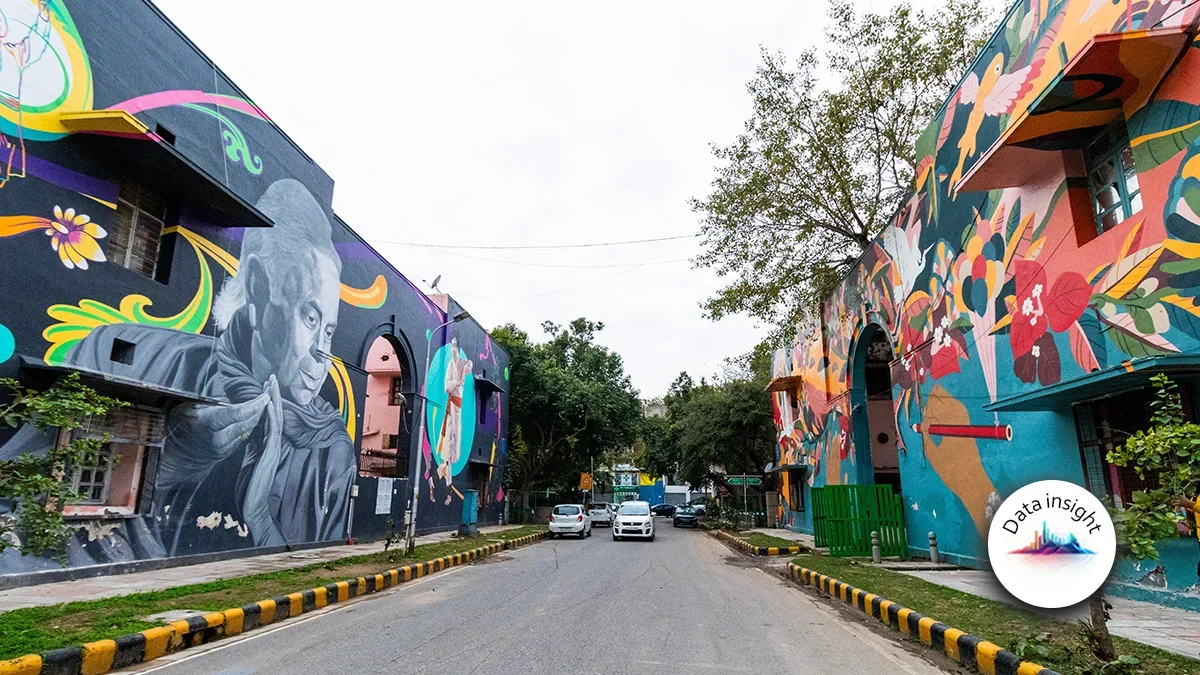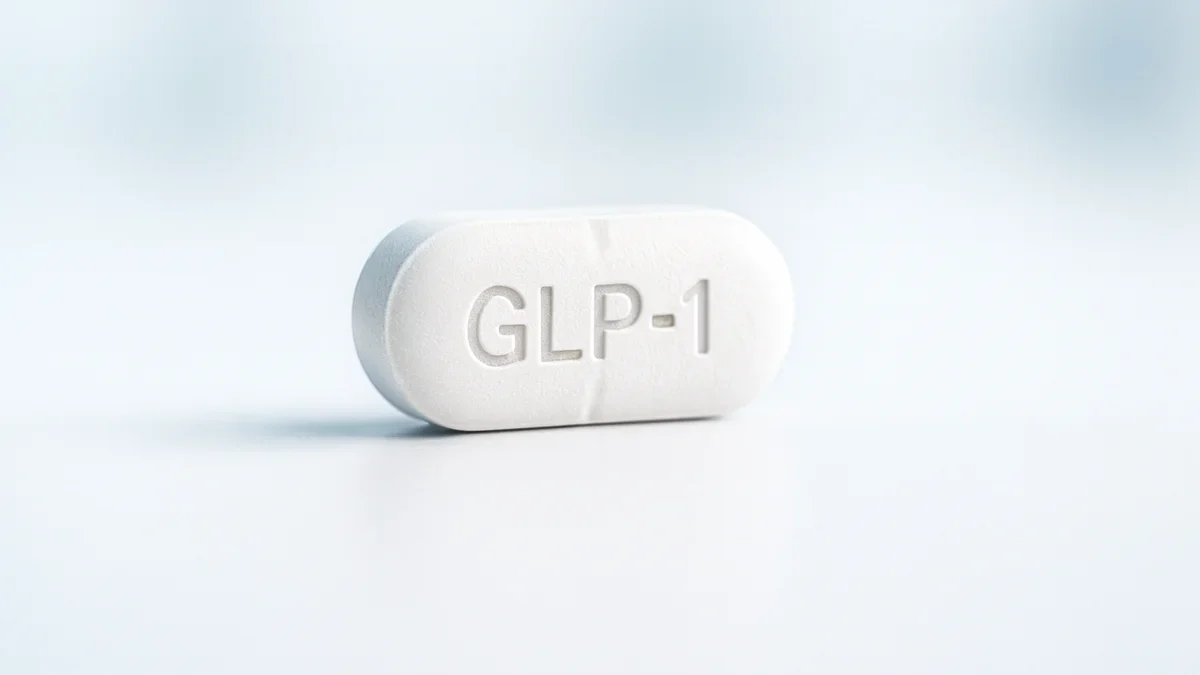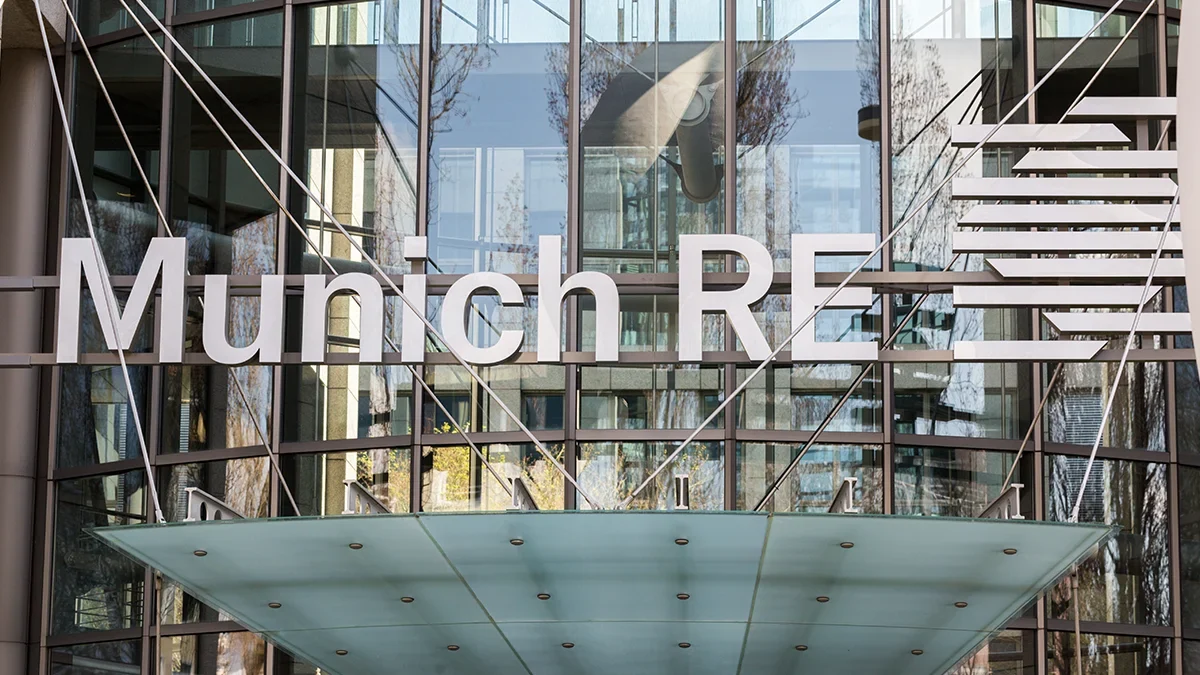• Korean P&C insurers saw their profits shoot-up under the first round of IFRS 17 reporting.
• ‘Unique’ Korean P&C insurance market dominated by long-dated products.
• FSS held July 27th seminar with senior figures from life and P&C insurers to coordinate reporting standards.
• Korean regulator imposed strict limits on retrospective application of new accounting standards.
South Korea’s Financial Supervisory Service (FSS) has set-out revised guidance on how domestic insurers should account for future income under International Accounting Standard (IFRS) 17, and placed a cap on firms’ ability to restate profits using the latest accounting rules.
The FSS’s move followed concerns that Korean property and casualty (P&C) carriers could be inflating their profits since IFRS 17 came into force at the start of this year. KB Insurance, for example, posted Q1 numbers which were 26% higher than 12 months earlier.
The financial services regulator was concerned that firms could further inflate their numbers by restating existing business under the new standard.
AM Best told (Re)inAsia last month, that the FSS had announced a review of the actuarial assumptions firms were using to treat future acquisition costs following the first quarter results season.
Concerns that firms could be inflating their profits stemmed from the way these are amortised over the products’ entire lifetime under IFRS 17, versus a maximum of seven years under the previous Korean accounting standards.
According to Business Korea, the FSS held a seminar titled, “IFRS 17 Guideline Accounting Treatment” at its headquarters on 27 July, where the regulator set-out its expectations for the treatment of the Contractual Service Margin (CSM) which determines future income calculation.
CSM is forward looking
Business Korea said that the FSS stated the CSM is intended to be used for forward looking accounting statements and that only under exceptional circumstances should IFRS 17 be used to restate previously published accounts.
Even when such restatements are deemed to better express the insurer’s economic position any changes also need to be reflected in the liability side of the balance sheet.
The FSS told the industry this would involve using standard techniques such as: best estimate liability, risk assessments, as well as the CSM in order to meet the accounting standard’s aim of increasing the transparency, and international comparability, of insurers results.
In addition to these enhanced disclosures the FSS has capped the amount of CSM increase that can be applied to an insurer’s accounts following any restatement under IFRS 17.
Although the new accounting standard went live at the start of the year, a staggered reporting schedule means that its full impact will not be felt until the half one results are out. Business Korea quoted an unnamed FSS official as saying the regulator would closely scrutinise the first full set of IFRS 17 reporting, and take further action if needed.
“The IFRS 17 accounting assumption guidelines are slated for phased implementation, commencing from the financial closing in June. Furthermore, additional guidelines will be distributed as needed through meetings and analytical assessments with accounting firms in the future,” the FSS official said.
The issue is clearly a live one for senior Korean insurance executives, with the local media outlet reporting that attendees at the seminar included: CEOs of the country’s 10 biggest life and P&C carriers, the chairs of the life and non-life insurance associations, as well as four major accounting firms.
Korea P&C market ‘unique’
The more lenient approach under IFRS 17 to deferred acquisition costs is exacerbated by the unique nature of Korea’s P&C market which sees firms offering long-dated protection products which have a similar risk profile to life insurance policies.
Typically, these are long-dated savings products, with a maturity of five to 15 years, which are combined with protection lines such as health, accident and motor insurance. Am Best said this segment made up 67% of the Korean insurance sector’s gross written premiums in 2022.
Despite the uncertainty over Korean P&C insurers IFRS17 implementation, AM Best recently maintained a stable outlook on the sector, citing the potential for long-term profit stability as well as growth in the motor segment.
While Korean P&C insurers wrestle with the correct way to account for rising profitability under IFRS 17, their life insurance peers are facing the opposite issue, with the Korean Research Institute (KRI) recently predicting a decline in premiums for the sector in 2023.
The KRI’s July report predicted that total life premiums would fall by 5.4% this year to 125.5 trillion won (US$98.9bn), as a result of increased financial uncertainty.
























